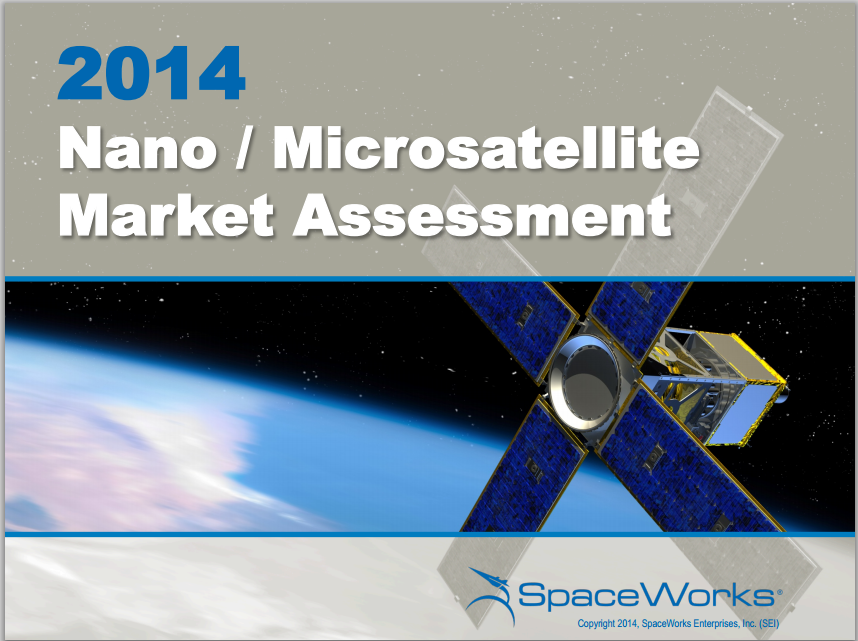by Chuck Black
Much like Captain Renault in the 1941 classic "Casablanca," retired Canadian Forces general and current Canadian Space Agency (CSA) president Walt Natynczyk seems to have rounded up the "usual suspects," for what was billed informally as Canada's first annual "space summit."
About 100 "key players," including representatives from industry, academia and government, met on Tuesday to listen to presentations from Natynczyk, Industry Canada representatives and other government officials "who are in charge of the use of Canadian space assets," according to the February 25th, 2014 Canadian Press article "What happened at Canada's first annual space conference?"
The event was likely the first step in the formation of the proposed committee chaired by Natynczyk and tasked with the job of "representing the full range of stakeholders in the public and private space domain," as promised in the February 7th, 2014 announcement from Industry Minister James Moore.
 |
| In Ottawa, Nov 2013. Photo c/o Sean Kilpatrick/Canadian Press. |
About 100 "key players," including representatives from industry, academia and government, met on Tuesday to listen to presentations from Natynczyk, Industry Canada representatives and other government officials "who are in charge of the use of Canadian space assets," according to the February 25th, 2014 Canadian Press article "What happened at Canada's first annual space conference?"
But that announcement included the release of a small, thirteen page document the government called "Canada's Space Policy Framework: Launching the New Generation," which also included the provision for a second committee, chaired by a deputy minister to review CSA "objectives and expenditures."
It's generally conceded that this second committee will end up having far more influence over CSA activities than the first one, if only because of its fiscal mandate. And, although the meeting was not totally without merit, it goes without saying that most of the participants would rather have been somewhere else.
The reason for that is simple. With no new funding offered up for any current or upcoming CSA programs, and only vague promises of moving forward with the Polar Communications and Weather Satellite Mission (PCW) at some undisclosed future date, the CSA cupboard is most likely to remain bare, at least until the next Federal election.
All that really means is that the government space program is stalled and now is the time for private industry and commercial concerns to step up to the plate.
Of course, we shouldn't forget our past and the CSA, with its history of Canadarms and Chris Hadfields will always hold a place in our hearts and our history. Just like Rick said to Ilsa, during the climactic airport scene in Casablanca, "we'll always have Paris."
It's generally conceded that this second committee will end up having far more influence over CSA activities than the first one, if only because of its fiscal mandate. And, although the meeting was not totally without merit, it goes without saying that most of the participants would rather have been somewhere else.
The reason for that is simple. With no new funding offered up for any current or upcoming CSA programs, and only vague promises of moving forward with the Polar Communications and Weather Satellite Mission (PCW) at some undisclosed future date, the CSA cupboard is most likely to remain bare, at least until the next Federal election.
All that really means is that the government space program is stalled and now is the time for private industry and commercial concerns to step up to the plate.
 |
| Paris, as tweeted by Chris Hadfield on board the International Space Station, April 17th, 2013. Photo c/o CBC. |
Of course, we shouldn't forget our past and the CSA, with its history of Canadarms and Chris Hadfields will always hold a place in our hearts and our history. Just like Rick said to Ilsa, during the climactic airport scene in Casablanca, "we'll always have Paris."























